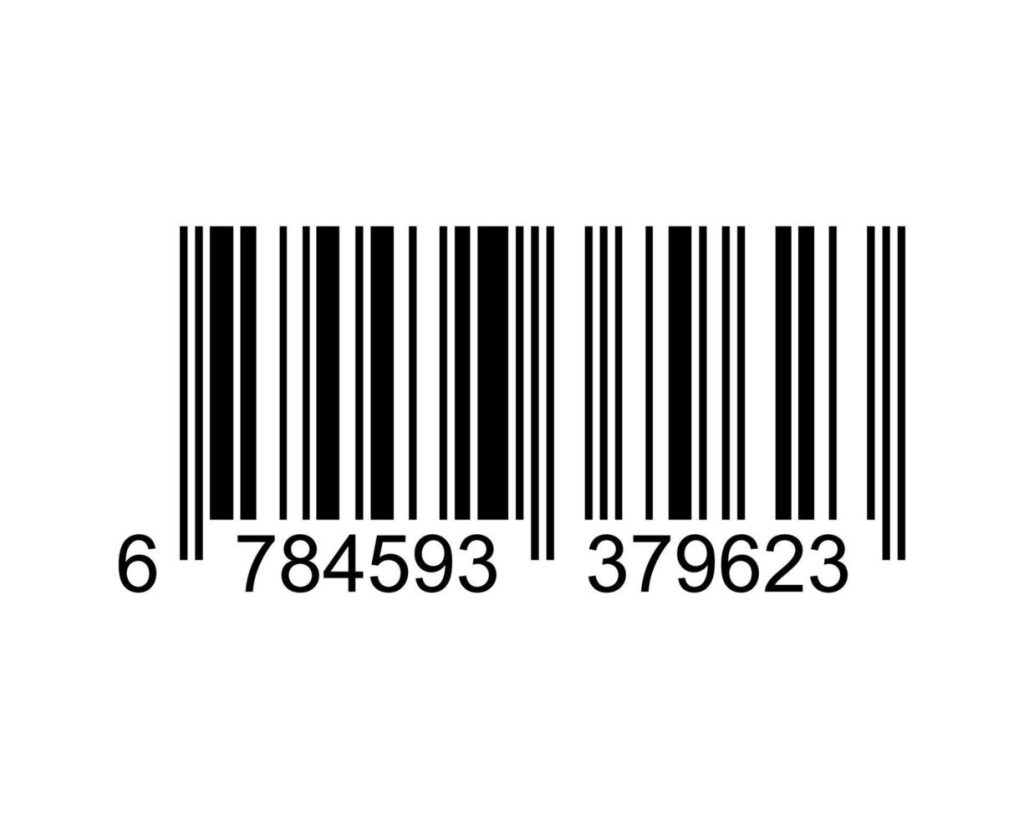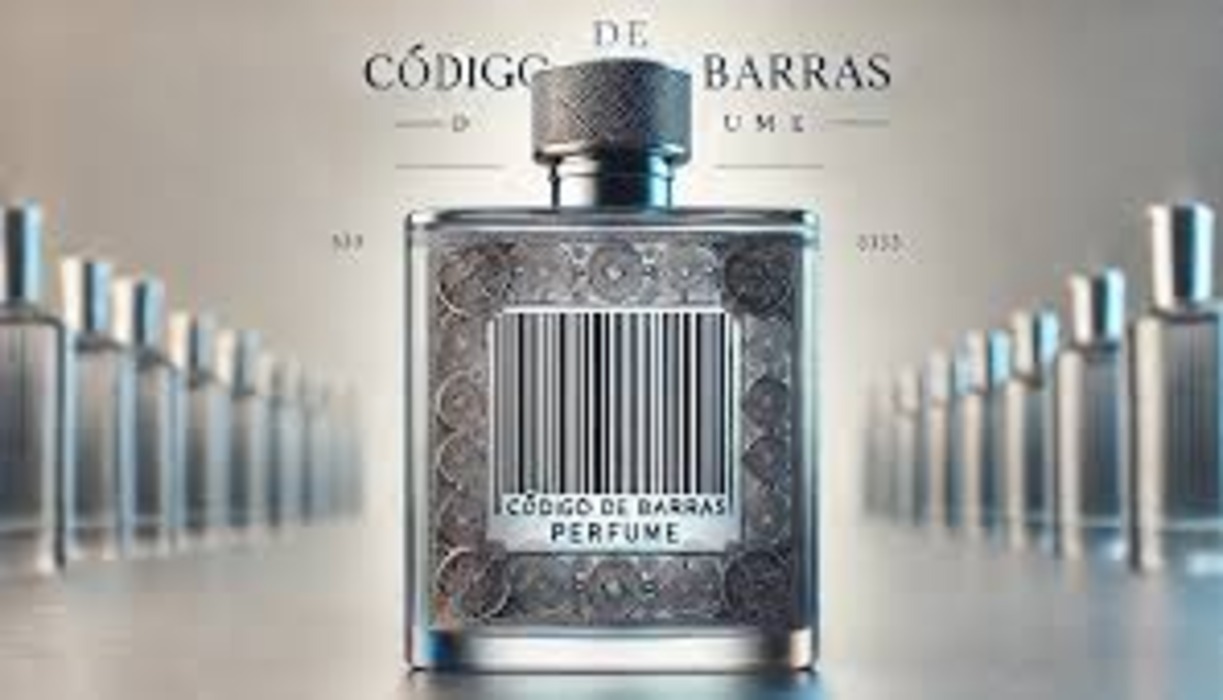Barcode,In the world of luxury and consumer goods, the barcode is a small yet significant element often overlooked by many. This seemingly inconspicuous strip of black and white lines carries more weight than one might imagine, especially when it comes to products like perfumes. Understanding the role of barcodes in the perfume industry sheds light on their importance in inventory management, authenticity, and customer experience.
The Basics of Barcodes
A barcode is a machine-readable representation of data. It consists of a series of parallel lines and spaces of varying widths that encode information about a product. The information is usually interpreted by barcode scanners, which translate the patterns into readable data. it have revolutionized the way businesses manage inventory and sales by automating the process of tracking and data entry.
The Role of Barcodes in Perfume Industry
In the perfume industry, it serve several critical functions:
1. Inventory Management
Perfume brands and retailers use it to streamline inventory management. Each bottle of perfume is assigned a unique barcode that helps track its movement through the supply chain. From manufacturing to distribution, and eventually to retail, it ensure that every bottle is accounted for, reducing the risk of loss and theft. This efficiency in inventory management also helps brands maintain optimal stock levels, ensuring that popular fragrances are always available and reducing the chances of overstocking less popular items.
2. Authenticity and Counterfeit Prevention
The luxury perfume market is notoriously susceptible to counterfeit products. it play a crucial role in combating this issue. By scanning a product’s barcode, retailers and consumers can verify its authenticity. For high-end perfumes, brands often use more sophisticated barcoding systems combined with other security measures, such as holograms or QR codes, to provide additional layers of verification. This not only protects consumers from fraud but also helps maintain the brand’s reputation and integrity.
3. Streamlining the Checkout Process
In retail environments, it speed up the checkout process. When a customer purchases a bottle of perfume, the cashier scans the barcode, which instantly retrieves the product’s information from the store’s database. This quick and accurate processing reduces the likelihood of human error, ensures that the correct price is charged, and makes the overall shopping experience more efficient. For consumers, this means shorter wait times and a more pleasant shopping experience.

The Impact on Consumer Experience
Barcodes contribute to a seamless shopping experience in several ways:
1. Price Accuracy
Barcodes ensure that the price displayed at checkout matches the price of the product. This accuracy is particularly important for luxury items like perfumes, where pricing can vary significantly. By minimizing the chances of pricing errors, it help prevent potential disputes and enhance customer satisfaction.
2. Product Information Access
In some cases, scanning a barcode with a smartphone can provide consumers with detailed information about the product. This might include ingredient lists, user reviews, and other relevant data. For perfumes, this additional information can help consumers make more informed purchasing decisions and learn more about the fragrance they are buying.
3. Loyalty Programs and Personalization
Many retailers use it as part of their loyalty programs. When a customer scans their loyalty card or app barcode at checkout, the system can apply discounts, accumulate points, or offer personalized promotions based on their purchase history. For perfume retailers, this means they can reward loyal customers with exclusive offers or early access to new fragrance releases.
Advanced Barcode Technologies
While traditional barcodes have served their purpose well, advancements in technology have introduced new forms of it , such as QR codes and RFID (Radio-Frequency Identification). These technologies offer additional benefits:
1. QR Codes
QR codes, which can store more data than traditional it , are increasingly being used in the perfume industry. They allow brands to link to online content, such as promotional materials, brand stories, or detailed product information. Scanning a QR code on a perfume bottle can lead consumers to a digital experience that enhances their understanding and appreciation of the fragrance.
2. RFID
RFID technology uses radio waves to read data from tags attached to products. RFID tags can be embedded in perfume bottles, enabling retailers to track products in real time and manage inventory more effectively. RFID also offers improved accuracy in scanning, as it doesn’t require a direct line of sight like traditional it , making it useful in busy retail environments.
Conclusion
The barcode on a perfume bottle may seem like a small detail, but it plays a vital role in the modern retail landscape. From ensuring efficient inventory management to protecting against counterfeiting and enhancing the consumer experience, barcodes are integral to the perfume industry. As technology continues to evolve, we can expect to see even more innovative uses of it and related technologies, further enhancing the way perfumes are sold and experienced. For consumers and brands alike, the barcode is a symbol of efficiency, authenticity, and a seamless shopping experience.





